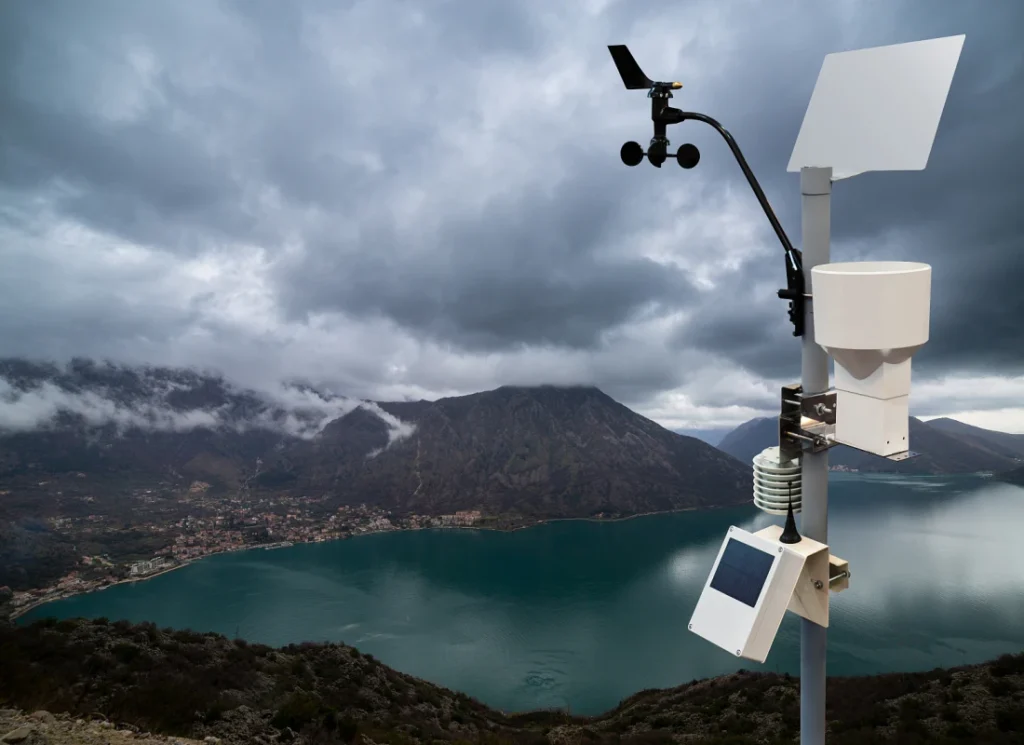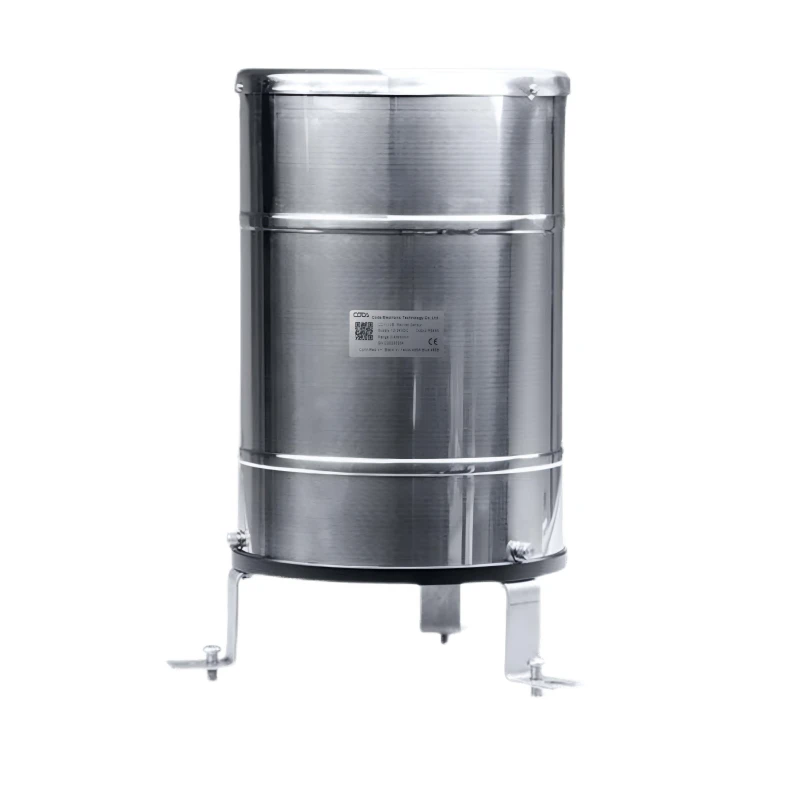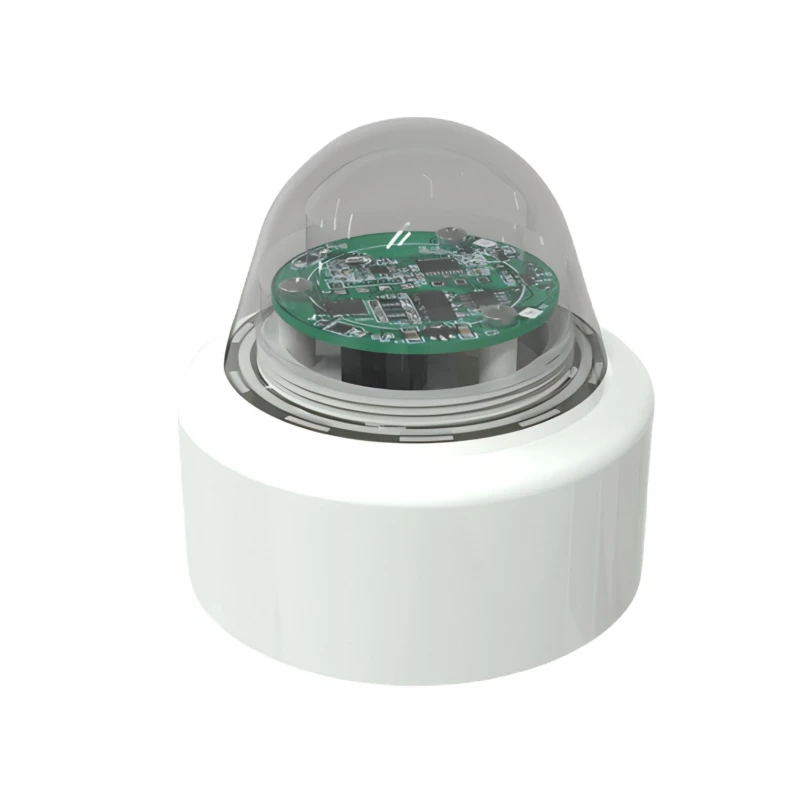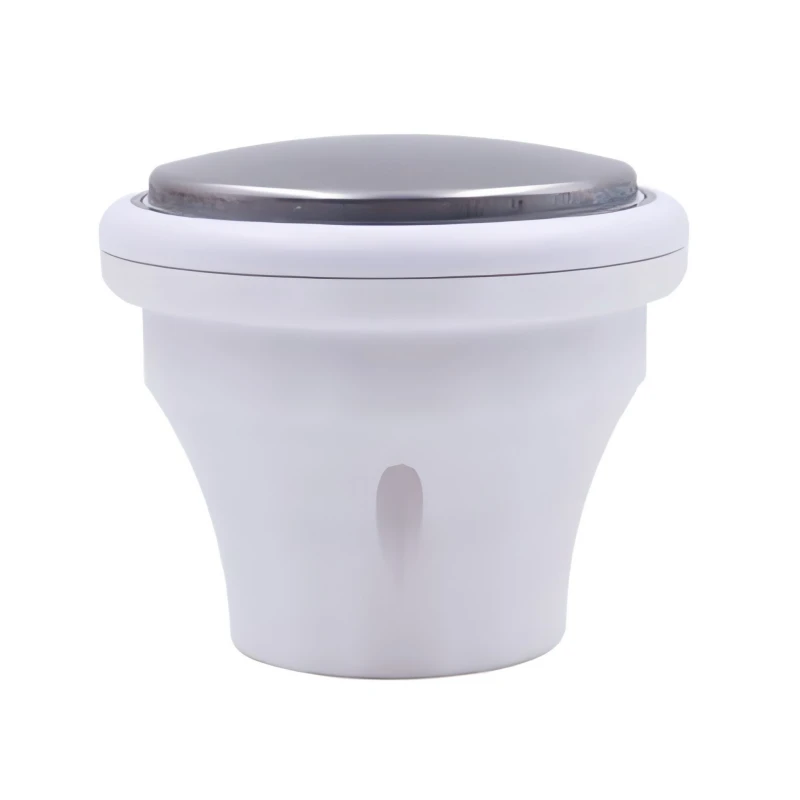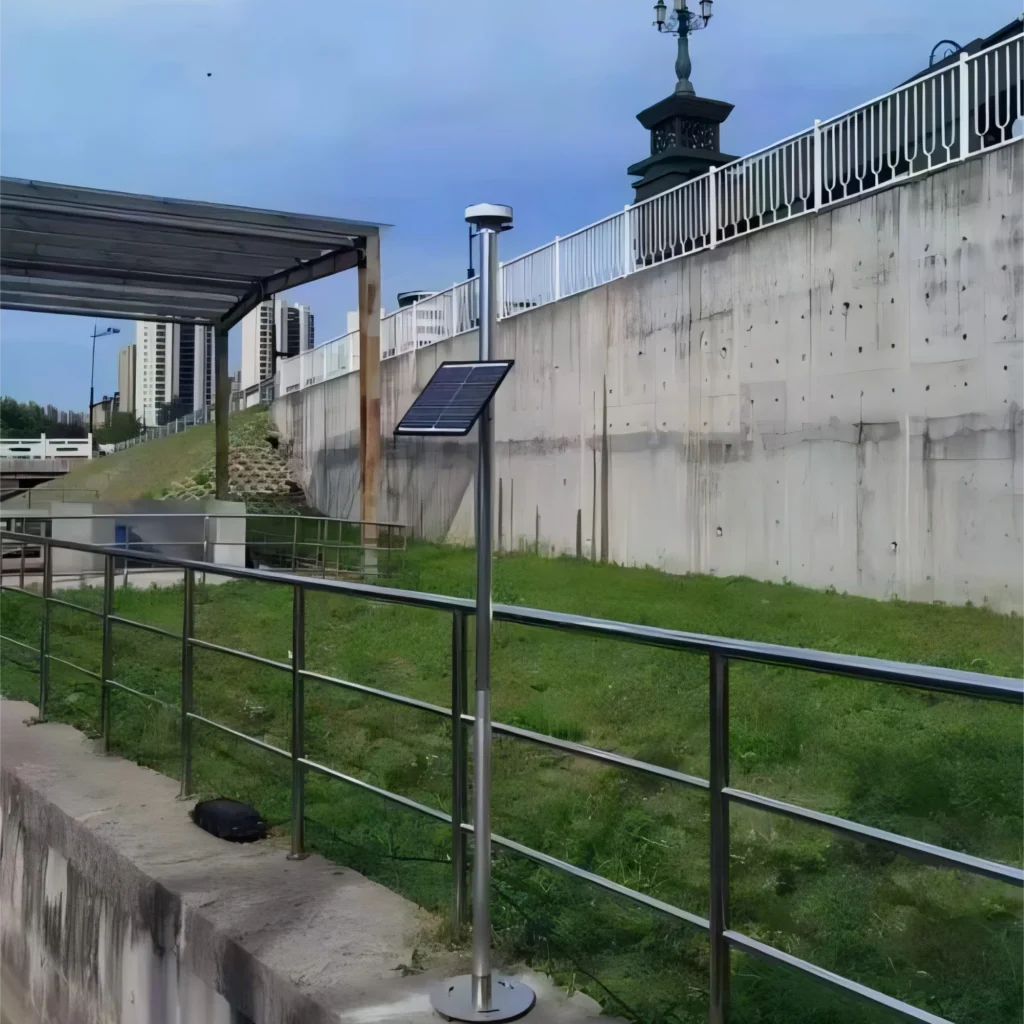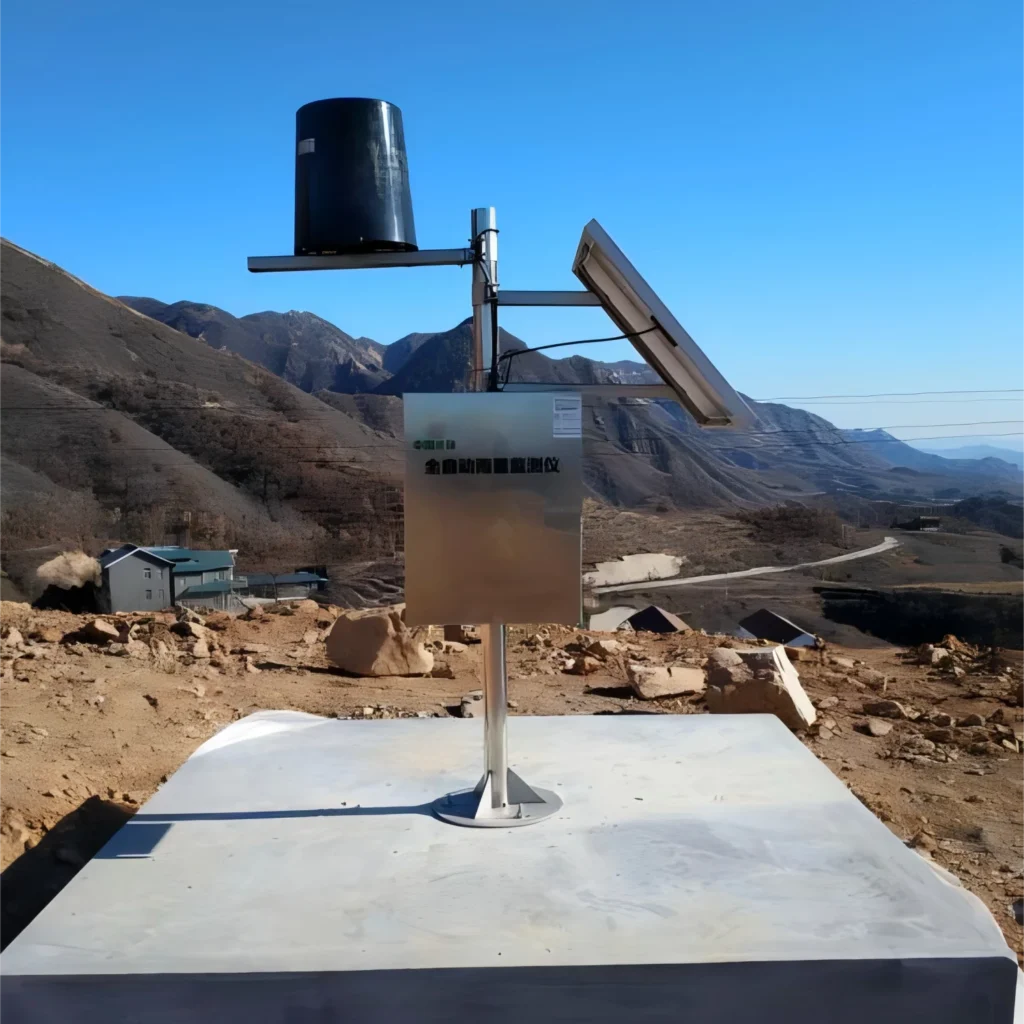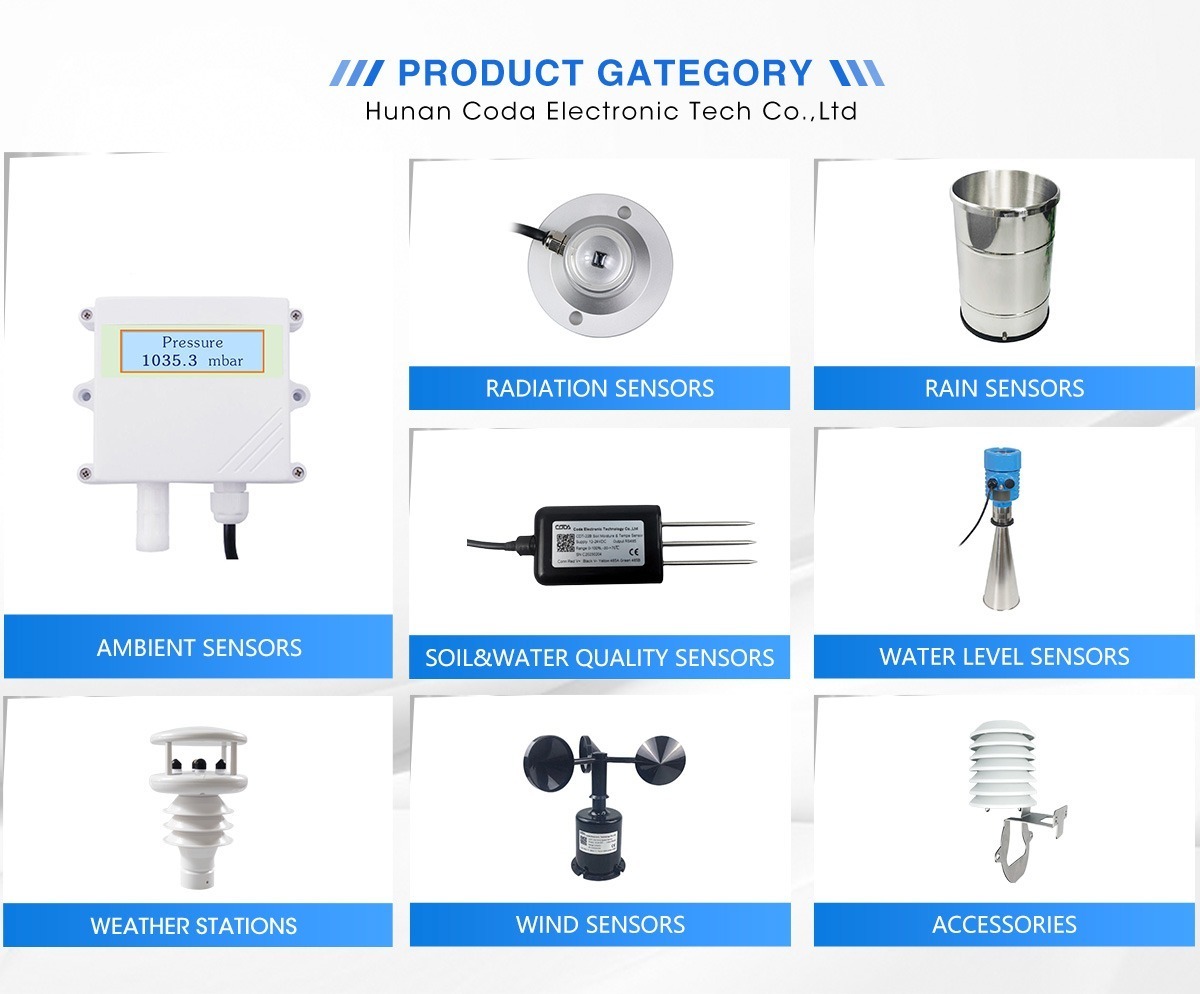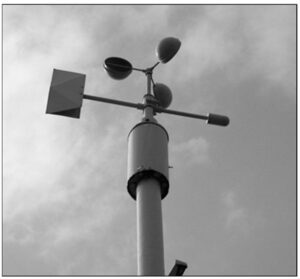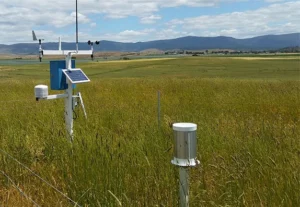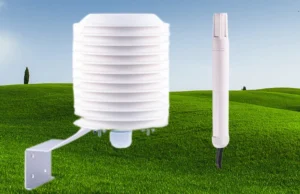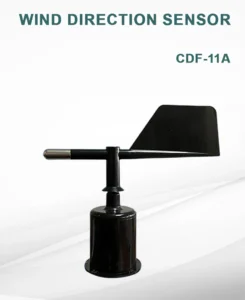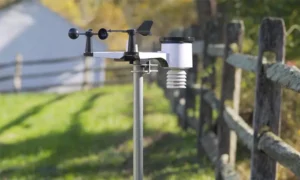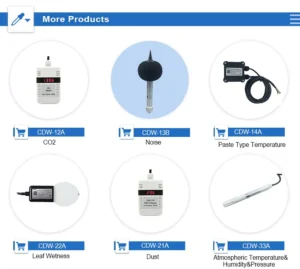rainfall sensor working principle
In weather observation and water management, rain detector drop sensors act as quiet protectors. Their accurate measurements and reliable data help us understand the mysteries of natural rainfall.
A rainwater sensor is a smart tool that measures rainfall. It has made rain gauge monitoring faster and more accurate. This helps many fields, like weather forecasting, water research, and farming. Let’s explore how the rain precipitation sensor works.
Tipping bucket rain drop sensor
Working principle:
This device has many parts. It includes a water-bearing device, an upper tipping bucket, a measuring bucket, and a counting bucket.
Through the water bearing device, rainwater enters the upper tipping bucket. When rainwater collects to a certain level, the upper tipping bucket will tip over. It will then pour the rainwater into the measuring bucket.
The capacity of the measuring tipping bucket usually stays the same. For example, it can measure 0.1 mm or 0.2 mm of rain. We can find the total rainfall by counting how many times the tipping bucket tips over.
It has high measurement accuracy and great stability.
Its structure is simple, making maintenance and installation easy.
It is suitable for rainfall monitoring in different environments.
Optical rain detector sensor
Working principle:
The principle of light scattering, transmission or reflection is used to measure rainfall. When a raindrop passes through a beam, it causes a change in the intensity, frequency, or phase of the light.
The amount of rainfall is measured by detecting changes. After that, we process signals and perform calculations.
Features:
It has a fast response speed and can monitor rainfall changes in real-time.
There are no mechanical parts, which makes it very reliable and hard to damage.
It offers high precision and is less affected by outside factors.
However, it is relatively expensive and has specific requirements for installation and use.
Piezoelectric rainfall
Working principle:
When a raindrop hits the rain detector sensor module, it makes a small vibration. These vibrations are very faint. When a raindrop lands, it causes these vibrations.
The vibrations put stress on the piezoelectric material in the sensor. This stress causes the piezoelectric effect, which makes an electric charge. This process turns the energy from the raindrop into an electrical signal.
Features:
High accuracy: We can measure how hard and how often raindrops fall. This helps us calculate rainfall correctly.
High sensitivity: Small raindrops can create strong electrical signals. This helps measure light rain and small amounts of rain.
Fast response: It can monitor the change of rainfall in real time, and the response speed is fast, which can provide timely rainfall sensor data.
High reliability: it has no moving parts, is not likely to wear out or get damaged, and lasts a long time.
customer case
Monitoring environment:
We set up a weather station on the roof with a tripod. We use a metal rain sensor to collect rainfall near the house.
Rainfall resolution: 0.1 mm
Power supply: solar-powered
Data cycle: Upload every 15 minutes
Transmission mode: 4G. Data is sent to the CODA platform.
To see how rain affects the river level, we placed a piezoelectric rain water sensor on a pole by the river. We chose this spot carefully because it is the best place for accurate data collection.
Rainfall resolution: 0.2 mm
Power supply: solar-powered
Data cycle: Upload every 30 minutes
Transmission mode: RS485
Integration: Used for data analysis
Conclusion
In conclusion, rain gauge sensors are important in many areas like weather, farming, water management, and transport. As technology improves, these sensors will get better. Their uses will keep growing. We believe they will provide more convenience and benefits for many fields and for people’s daily lives.
